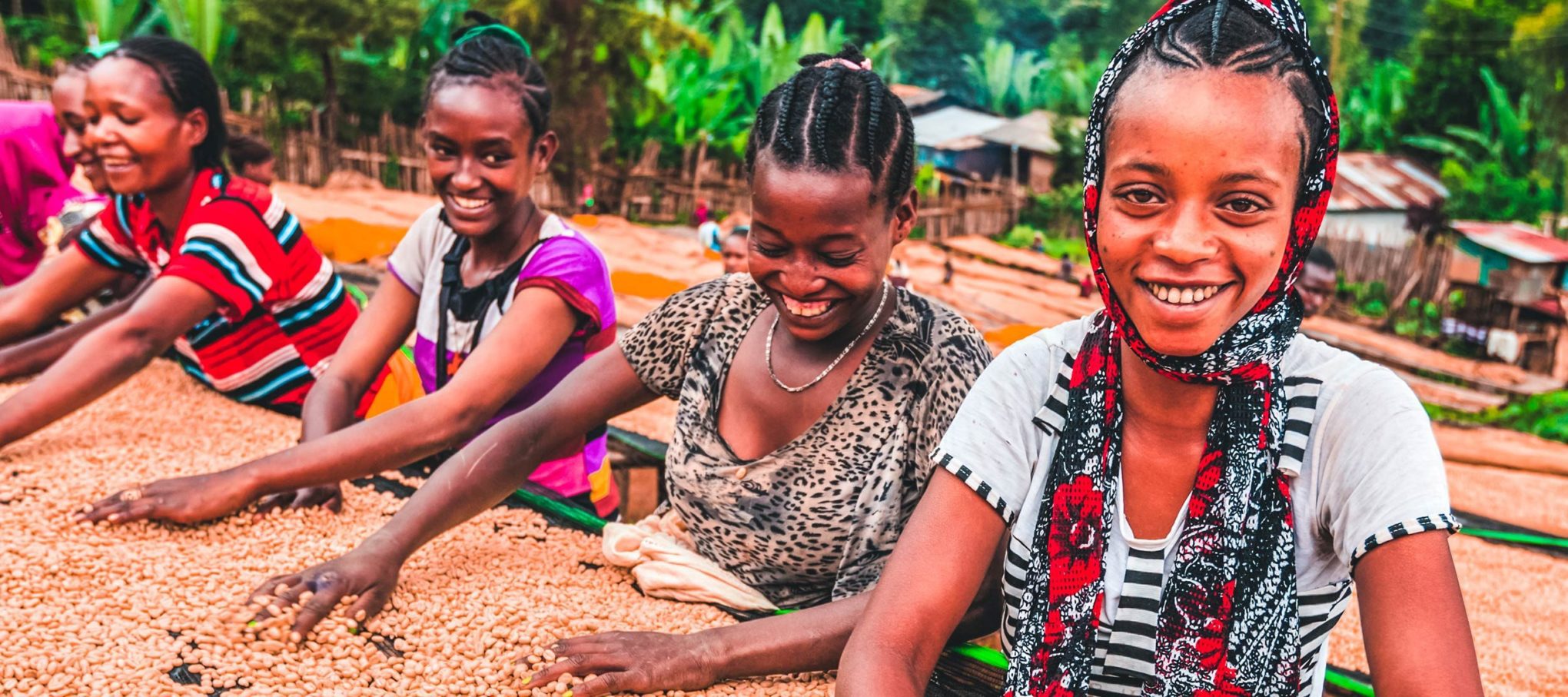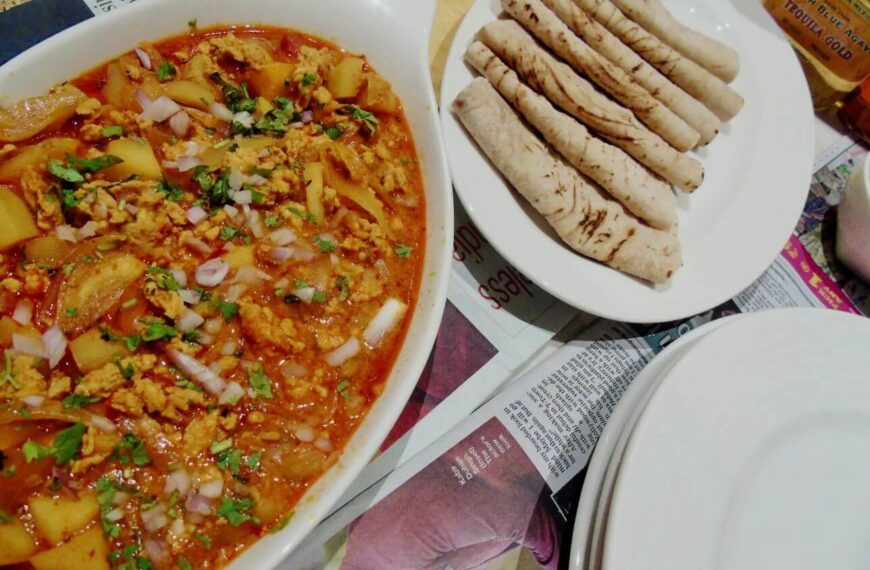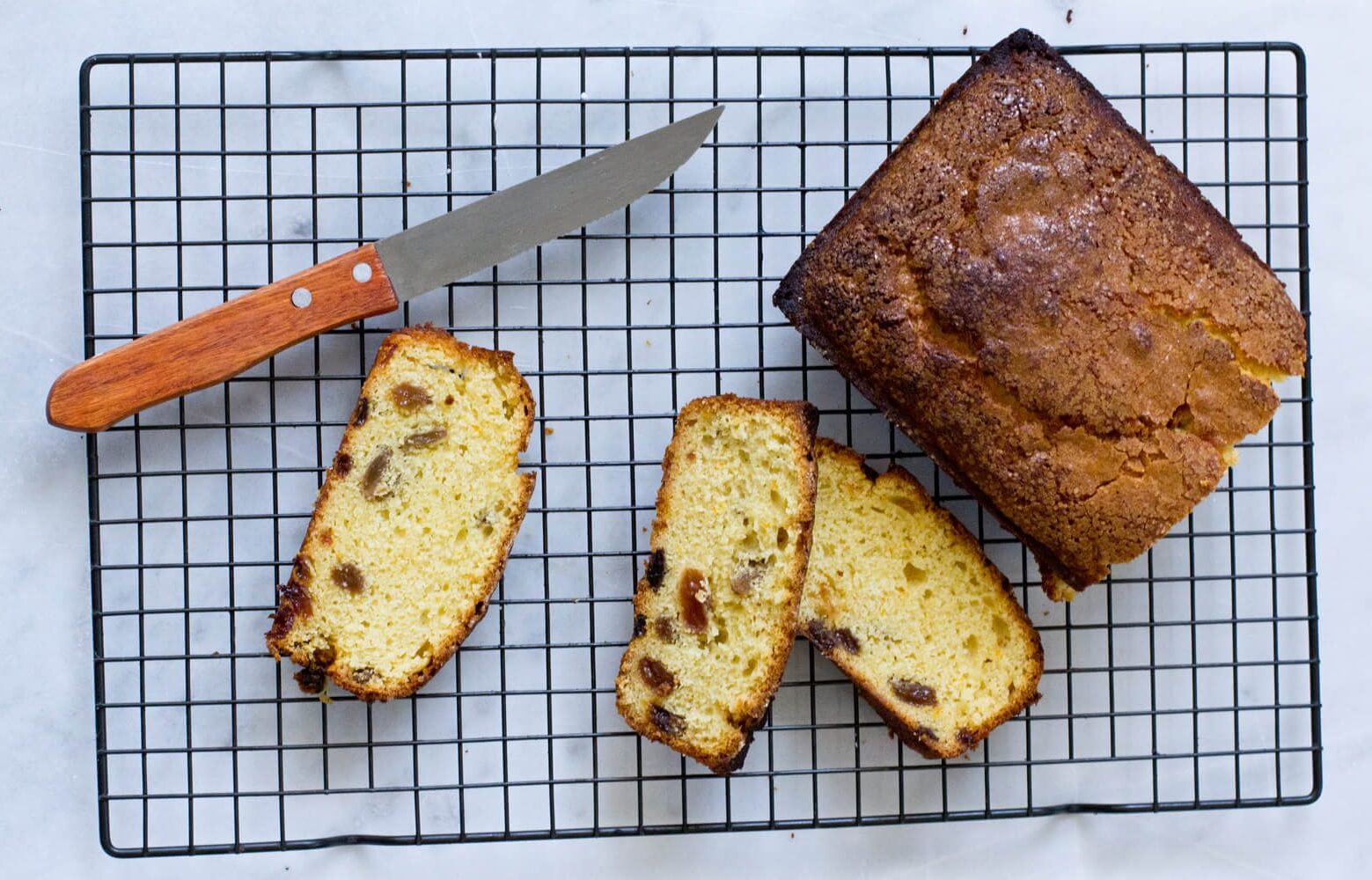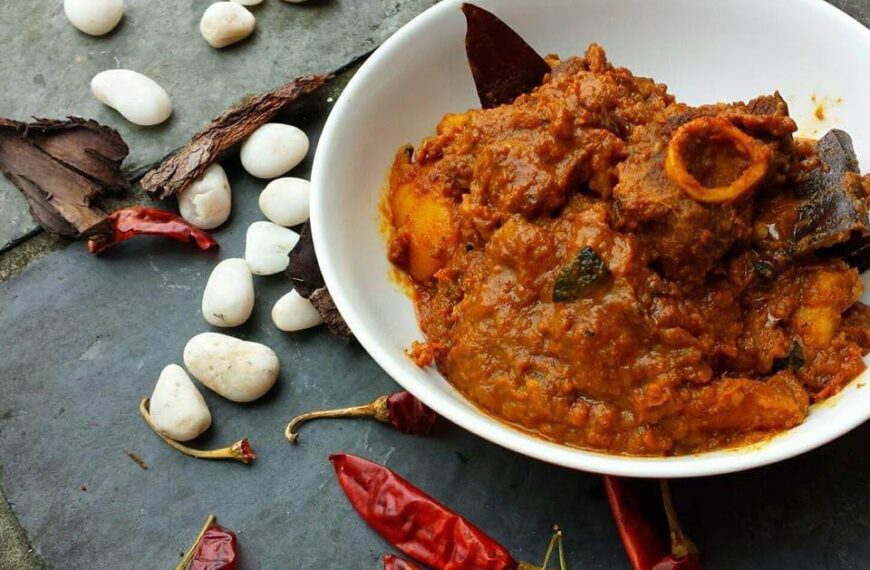 Ruchira documents the journey of coffee, from the arid tracts of Ethiopia to Yemen and Turkey. It then reached Europe and the USA. Coffee is not just a drink. It came to be known as the beverage of the intellectuals. In England, coffee houses were nicknamed ‘Penny Universities’. Read more in the weekly column, exclusively for Different Truths.
Ruchira documents the journey of coffee, from the arid tracts of Ethiopia to Yemen and Turkey. It then reached Europe and the USA. Coffee is not just a drink. It came to be known as the beverage of the intellectuals. In England, coffee houses were nicknamed ‘Penny Universities’. Read more in the weekly column, exclusively for Different Truths.
Coffee hailed as the second most popular beverage across the world, had an innocuous origin. From the arid tracts of Ethiopia, North Africa to a conspicuous global presence, coffee has indeed come a long way.
Out of Africa
There are legends galore which attempt to trace the origin of this wonder substance. One says that a 9th-century Ethiopian goatherd named Kaldi who lived at that time stumbled upon coffee when he noticed that his flock became hyperactive after eating the beans from a strange plant.
According to an ancient chronicle, Sheikh Omar, a Yemeni nobleman who reportedly possessed healing powers was exiled to the desert on one occasion. A starving Omar chewed some berries growing on a nearby shrubbery which tasted bitter. Next, he roasted the seeds, but they got hardened. Finally, he tried boiling them, which resulted in a fragrant brown liquid. Upon drinking the liquid Omar felt refreshed and recharged. When this tale reached his hometown, Omar was accorded a hero’s welcome and declared a saint.
However, coffee was officially and scientifically discovered only in the 11th century. The coffee plant (Coffea Arabica) bears white blossoms whose fragrance resemble that of jasmine and red fruit which are cherry lookalikes. After its discovery, the coffee seeds were boiled in water and the concoction was drunk straightaway because it was believed to have medicinal properties.
In Neighbouring Yemen
By the mid-14th century, coffee cultivation reached Yemen and for 300 years, it was drunk by ordinary people the way they did in Ethiopia. Yemen’s climate and topography were suitable for its cultivation.
Turks & Coffee
Coffee was introduced to Ottoman Empire (Turkey) around 1555, when the Ottoman Governor of Yemen,  Özdemir Pasha, who had grown to relish it during his posting in that country. The Turkish royalty evolved a new method of brewing coffee: the beans were roasted over a fire, finely ground and then slowly cooked with water on the ashes of a charcoal fire. This heightened the aroma of coffee. It soon evolved as part or royal cuisine. In fact, a new post – that of a Chief Coffee Maker (kahvecibaşı) – was specially created to this end. His duty was to brew the Sultan’s coffee, and the entire process was to be kept confidential. Gradually, coffee culture spread to the grassroots of the society, thanks to the proliferation of coffee houses all over Istanbul city. People flocked there all day long to drink coffee, read, play chess, discuss poetry, literature, et al.
Özdemir Pasha, who had grown to relish it during his posting in that country. The Turkish royalty evolved a new method of brewing coffee: the beans were roasted over a fire, finely ground and then slowly cooked with water on the ashes of a charcoal fire. This heightened the aroma of coffee. It soon evolved as part or royal cuisine. In fact, a new post – that of a Chief Coffee Maker (kahvecibaşı) – was specially created to this end. His duty was to brew the Sultan’s coffee, and the entire process was to be kept confidential. Gradually, coffee culture spread to the grassroots of the society, thanks to the proliferation of coffee houses all over Istanbul city. People flocked there all day long to drink coffee, read, play chess, discuss poetry, literature, et al.
Coffee Goes to Europe
The Europeans got acquainted with coffee in 1615 when Venetian traders, who had drunk the beverage in Istanbul brought it home back with them. In 1645, the first coffeehouse opened in Italy. Then followed a mushrooming of coffeehouses across the country. They became clubs for people from all walks of life, especially artists and students to meet and interact.
Onward to France. In 1644, the first coffee beans, along with necessary equipment were brought to Marseilles by Monsieur de la Roque, the French ambassador to the Ottoman Empire. Thereafter, local traders began importing coffee for consumption by locals. After the first coffee house opened in the city, in 1671, the popularity of the drink soared. Paris, the Mecca of Continental culture and fashions had its brush with coffee, in 1669, when Süleyman Ağa, the Ottoman ambassador to the court of Louis XIV brought the “magical beverage” to the city.
In Paris of that era, it was in vogue for members of Parisienne High Society to drink Turkish coffee with the Envoy, while listening to his innumerable interesting tales about coffee. Paris got its first public coffee house, Café de Procope, in 1686, which drew poets and celebrated authors like Rousseau, Diderot, and Voltaire.
England first became acquainted with coffee, in 1637, when a Turk introduced the drink to Oxford. It became a fad among students and teachers who established the “Oxford Coffee Club”. In 1650, the first coffee house, named Angel, was opened. In 1652, London’s first coffee house was opened by a Greek named Pasqua Rosée. Gradually, coffee houses became a part and parcel of its culture. The public nicknamed them ‘Penny Universities’ since they were patronised by writers, artists, poets, lawyers, politicians, and philosophers. For any visitor it was a fruitful deal: By paying an entrance fee of one penny, he could sip a cup of the brew as well as benefit from the intellectual conversation that raged on.
Westward Ho!
From Europe, coffee travelled westward, reaching North America, in 1668. New York’s first coffee house, ‘The King’s Arms,’ opened in 1696. In 1714, Dutch traders had gifted a coffee sapling from their plantations in Indonesia (read Java) to French ruler Louis XIV. This sapling was cultured and maintained at Paris’s famous botanical garden, Jardin des Plantes. In 1723, a French mariner named Gabriel du Clieu took a sapling from the garden to the island of Martinique. From here, the coffee plant spread to other Caribbean islands, besides Central and South America. In 1727, a Portuguese sailor named de Mello Palheta introduced coffee saplings to Brazil. Over the centuries, Brazil emerged as a major global coffee producer. In 1730, coffee cultivation began in Jamaica, under the aegis of the British.
Evolution of Coffee
During its nascent years, the wonder liquid was drunk plain and in its natural state. However, with the passage of time, coffee enthusiasts carried out all sorts of experiments in order to enhance both tastes as well as the quality of the beverage. A milestone in the arena of coffee is the invention of the Espresso  machine built and patented in 1884 by Angelo Moriondo of Turin, Italy. The machine brews coffee by forcing pressurised water near boiling point through a portion of ground coffee and a filter in order to produce a thick, concentrated coffee called espresso. An espresso machine may also have a steam wand, which is used to steam and froth liquids (read milk) for coffee variants like Cappuccino and Caffe Latte.
machine built and patented in 1884 by Angelo Moriondo of Turin, Italy. The machine brews coffee by forcing pressurised water near boiling point through a portion of ground coffee and a filter in order to produce a thick, concentrated coffee called espresso. An espresso machine may also have a steam wand, which is used to steam and froth liquids (read milk) for coffee variants like Cappuccino and Caffe Latte.
Who does not know Nescafe’ the globally renowned brand of coffee? The name is a fusion of the reputed corporate Nestle’ and café. The company first introduced the coffee brand, in Switzerland, in 1938. Today there are scores of varieties and still counting. Think coffee think Starbucks. Born in 1971, in Seattle, the USA, this chain of stores has emerged as the largest coffee vendor in the world. It boasts of 9000 stores worldwide, most of them in the USA. On a personal note, their coffee is sheer bliss. If you haven’t tasted it yet, do so now. For the ultimate experience.
The journey of coffee is unending; cutting across continents and international boundaries it has carved a niche for itself in most households. Be it the dhoti-clad Pillai sipping kopi from a steel tumbler or un hommeFrancaise enjoying his café au lait (milk coffee) at breakfast, to groups of Arabs drinking Turkish coffee in an Arabian home – there is something for everybody!
©Ruchira Adhikari Ghosh
Photos from the Internet
#Coffee #EthopianCoffee #TurkishCoffee #CoffeeInEurope #CoffeeInAmerica #TravelOfCoffee #CoffeeBeans #StoryOfCoffee #DifferentTruths






 By
By

